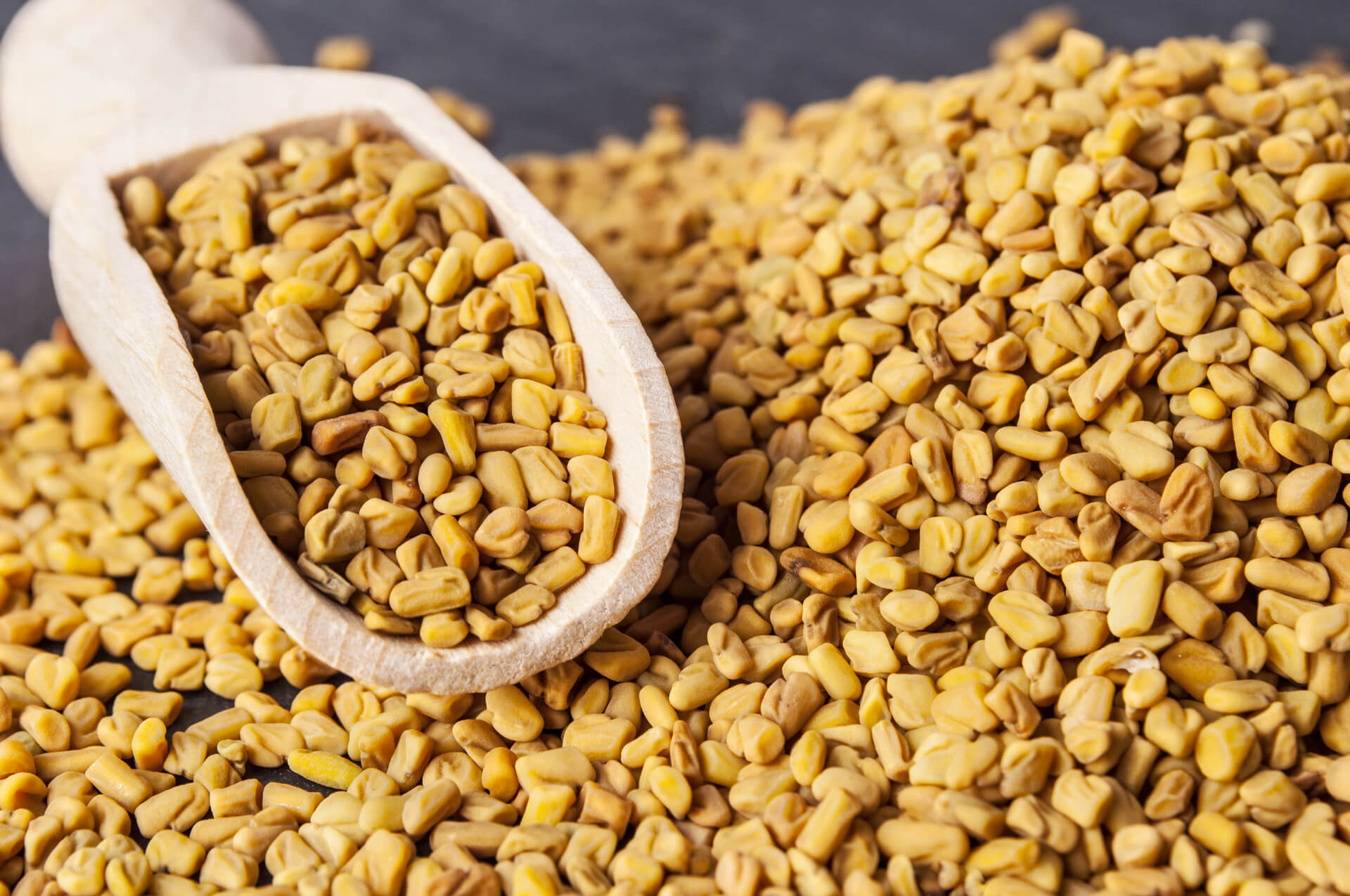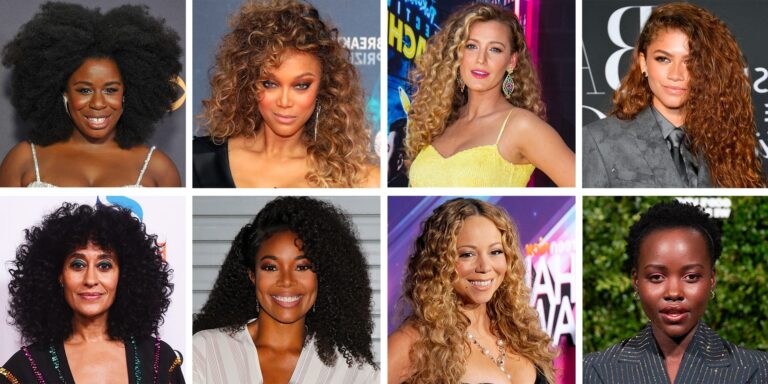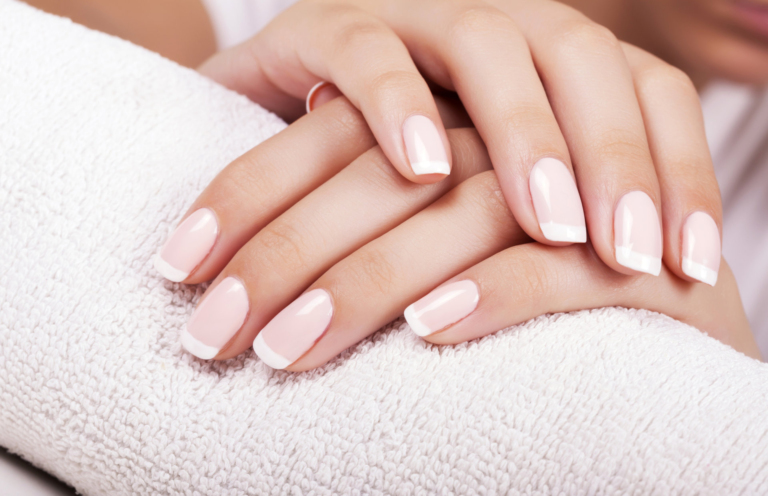How do I use fenugreek for my hair?
Fenugreek is also known romantically as Greek clover, as it is mainly found in the Mediterranean region where it grows. However, it is also found in Central Europe and North America. Fenugreek seed is yellow in color and has a scent reminiscent of curry, due to its significant amount of essential oils.
Fenugreek has been used not only for cosmetic purposes, but also medicinally since ancient Chinese medicine. According to Ayurveda, fenugreek is an effective way… to induce labor. It is also used to improve digestion and to relieve skin irritations, including on the head. One of fenugreek’s most popular cosmetic applications is hair care.
It is strongly recommended that you consult your doctor before using fenugreek.

Fenugreek for hair growth
Fenugreek contains iron and protein, components that are very important for healthy hair growth. It also contains flavonoids and saponins, which are also thought to stimulate hair growth, as well as anti-inflammatory and antifungal properties. Vitamins B, A and C are also found in this discreet plant.
There are several scientific studies confirming that fenugreek does indeed stimulate hair growth. One study involved 52 people who took a daily dose of 300 mg fenugreek seed extract orally for 6 months. Over 80% of people in the supplement group showed a significant improvement in hair growth and strength compared to those in the placebo group. Animal studies have also been carried out in this respect, showing similar results and even greater efficacy of fenugreek supplements than drugs containing minoxidil, a popular chemical compound commonly used in hair growth remedies.
Fenugreek has a beneficial effect on the scalp
The plant protects the skin against dryness and irritation, and also helps combat dandruff, although it’s not clear what specific types. It certainly has anti-inflammatory, antifungal, moisturizing and soothing properties. However, a 6-week study involving just 11 people showed that a fenugreek extract-based cream applied to improve hydration and minimize scalp redness was effective in this application.
Also read: Your hair type
How to use fenugreek powder for hair loss?
The simple fact that hair is healthier after using fenugreek makes it look better. Nevertheless, thanks to its polysaccharide mucilage content, the plant is effective at moisturizing strands, making them shinier, more manageable and more resilient. It’s precisely for these last two reasons that fenugreek is often used by women with curly hair who don’t want their hair to go “gray” and who struggle daily with tangles.

How do I make a fenugreek mask?
Since fenugreek plants have all the positive characteristics mentioned above, using a fenugreek-based hair rub is no longer a problem. To act on hair at its source in the hair follicles. A hair mask not only improves the appearance of your hair and prevents it from falling out, but also gives you beautiful baby hair.
So how do you prepare a fenugreek hair rub? It’s not difficult. First of all, you need to get hold of some seeds of this plant, which you can easily find in online and organic stores, usually costing a few dollars, depending on the size of the packet. Once you have fenugreek seeds in your kitchen, take a tablespoon of seeds and pour about 150 ml of hot, not boiling, water over them. Let the infusion cool, strain the liquid and put it in a bottle. That’s all there is to it! The package is now ready to use. Store the ready infusion in the fridge for up to a week.
How do I apply the fenugreek hair care product?
You certainly won’t consume the whole sachet in a single application – it’ll last you several weeks. Take as many drops as you need to spread the lotion all over your head at once. Before applying the lotion, gently wet your hair with water, then using a special dispenser in a bottle or simply by hand, pour a few drops of the lotion and spread it all over the scalp with a relaxing massage.
Use slow, circular movements, starting at the temples and working up to the nape of the neck. It’s best to leave the mask on your hair for at least an hour and, as heat can promote its absorption by your skin and hair, wear a towel or an extra cap. Then wash your hair thoroughly with a mild shampoo.
You can use the treatment as often as you wash your hair, i.e. daily or several times a week, depending on your hair type. The effects will not be visible immediately, but may appear after two weeks, or after about three months at the latest.

Contraindications for applying fenugreek to the hair
Any contraindications to using fenugreek in the hair? Perhaps the smell. Not everyone wants to smell like curry, but one solution to this aromatic problem is to apply the hair cream in the evening, when any residual aroma is better tolerated than if the aroma floats around in the hair all day. Some people find it smells like Quebec maple syrup, others like caramel or curry. Either way, you won’t go unnoticed.
Fenugreek is also not recommended for people suffering fromandrogenetic alopecia, as the plant contains a saponin that stimulates sex hormones, and it is precisely hypersensitivity to a derivative of the sex hormone testosterone that causes androgenetic alopecia.
For this reason, expectant and nursing mothers should be cautious about hair loss due to fenugreek, but the risk of side effects is low, as use is taken externally and not orally as with supplements. However, it is strongly recommended that you consult your doctor.
For people who sometimes develop an allergy to natural ingredients, we recommend allergy testing: apply a few drops of the lotion to the skin and wait to see if any redness or itching appears.

Chemistry and fenugreek
Fenugreek contains a number of biologically active compounds. The seeds contain a considerable amount of flavones, flavonoids, saponins, tannins, mucilages, flavonols and glycosides. Such a rich composition means the body can finally feel appreciated. What’s more, the plant contains numerous microelements that are essential for the proper development of the hair cycle.
The hair cycle and hair with fenugreek
Hair develops in several stages. Over the course of a human lifetime, there are approximately 20 to 30 growth cycles. Growth takes place in 4 specific phases: anagen, the moment of hair growth; catagen, the phase of transition and involution, retraction of the hair follicle; telogen, the resting phase; and exogen, the shedding phase.
Initially, the cells forming the future hair primordium are not differentiated. They behave exactly as if they were waiting for the moment of stimulation. With the right concentration of substances required for hair growth, the cells start to divide and, surrounding the papilla, they begin to form the follicle. The follicle systematically elongates as the melanocytes begin to synthesize the pigment melanin, on which the growth of our human plumage depends.
Catagen is a transitional, resting phase, but it’s a temporary phenomenon. The cuticle undergoes keratinization, before resuming its work after a while.
Telogen is a phase in which the hair rests for a long period of time. The hair stops growing for a while, but as soon as it receives a stimulus from the environment, it starts growing again.
The exogenous phase covers the moment when the new follicle pushes the old one, which then falls off to make way for the new one.
How do cycle stages affect hair development?
Massive hair loss is generally linked to hormonal imbalances or nutrient deficiencies. Our bodies strive to maintain homeostasis, a kind of balance. Hormonal imbalance, particularly testosterone and dihydrotestosterone which, contrary to appearances, women also have, significantly affects hair follicle cells.
As we all know, these hormones are mainly androgens, i.e. hormones that affect the hair follicles in intimate areas! But note that bikini hair is thicker and has a very different structure to the hair on your head! Excess dihydrotestosterone (DHT) causes baldness! Hair falls out in fistfuls, which can also cause psychological trauma. In this case, fenugreek is the perfect solution!

Who is fenugreek for?
Fenugreek has a sensational effect on hair! Due to the high levels of DHT in the bodies of menopausal women, it’s recommended to drink a considerable amount of herbal tea! Not only will it reduce DHT levels, but it will also give your hair a boost for growth!
All thanks to the presence of vitamin PP, sodium, potassium, cadmium, selenium, magnesium and zinc. These are elements that should be present in our bodies in small quantities, but their incorrect levels lead to disruption of hair growth processes, skin changes and promote rheumatoid arthritis, rheumatism and migraines. As you can see, fenugreek has a beneficial effect on hair. It provides excellent nourishment and stimulates hair follicle growth.
Medicinal properties of fenugreek
The fenugreek plant has countless properties:
Fenugreek has an anti-hyperglycemic effect. It significantly reduces glycolytic enzymes. This means it enables the body to maintain normal blood sugar levels. The amino acid contained in the seeds, 4-hydroxyisoleucine, has been shown to stimulate insulin production by the islets of Langerhans. The result is a reduction in insulin resistance. Certain compounds present in fenugreek seeds have an effect on lipid metabolism. They help with weight loss.
Certain compounds present in fenugreek seeds reduce the LDL fraction of cholesterol, triglycerides and VLDL. The beneficial effect of reducing total cholesterol is due to saponins. These compounds improve the metabolism of cholesterol breakdown in the liver into bile acids. As a result, our veins are free of fat, and the risk of unpleasant swelling, phlebitis, varicose veins, atherosclerosis and heart disease is reduced. It’s good to know that this phenomenon also helps maintain a healthy body weight.
The anti-inflammatory and analgesic effect was probably appreciated in the past, when NSAIDs were not yet known. In those days, women used fenugreek for childbirth and menstrual pain. Today, fenugreek-based preparations are no longer used, especially during pregnancy. Trigonelline, one of fenugreek’s main constituents, stimulates neuronal activity. It stimulates the regeneration of nerve cell axons. According to recent studies, it also influences neurite regeneration and the formation of new synapses.
“One of my biggest dreams is that my company will be able to change the course of one family’s life, one child at a time by giving back to the community.”







